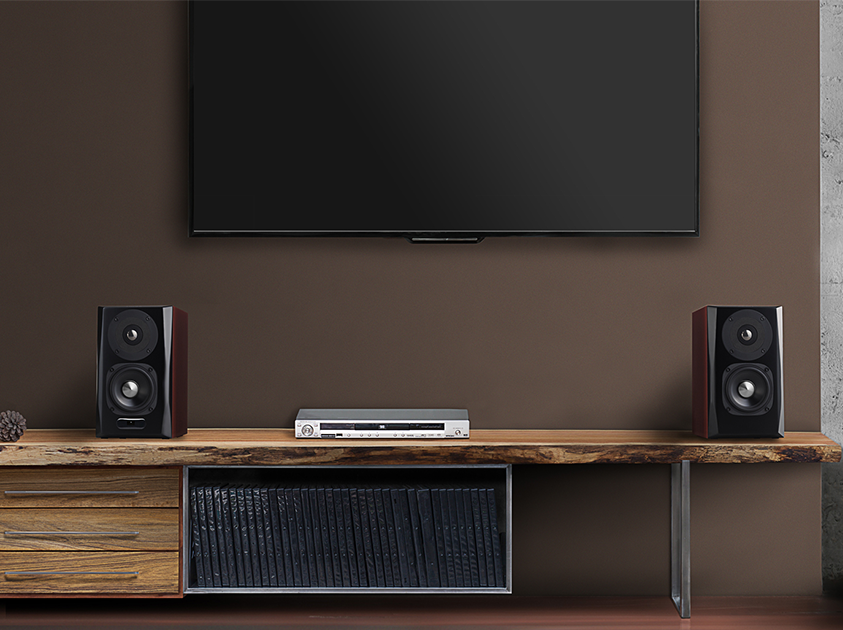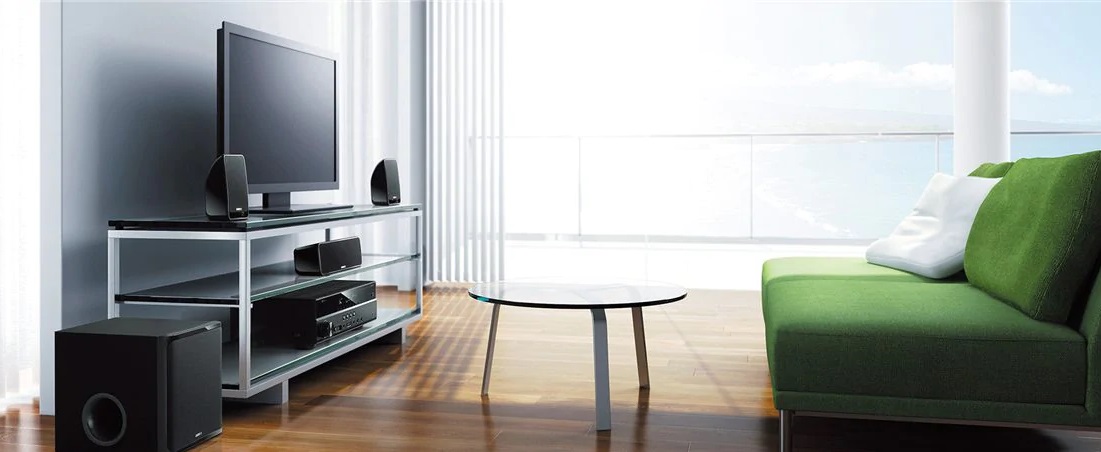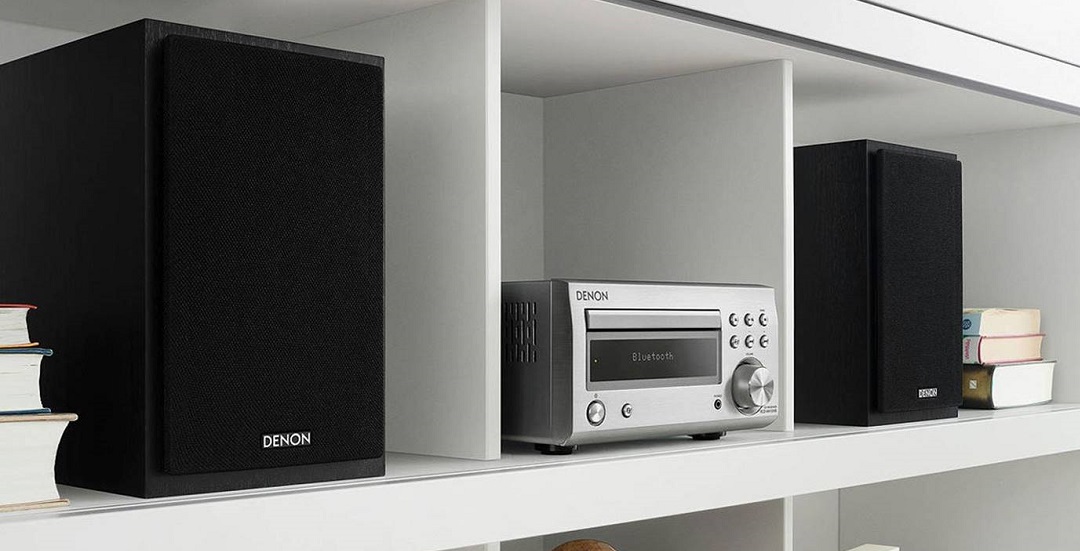How to build budget home audio system

It is not necessary to be an expert audiophile to build a home HiFI stereo system: you just need to know some basic notions to better compose your hi-fi system.
Building a home hi-fi system: amplifier or receiver?
The amplifier, record player or receiver is the basis for building the best possible home stereo system, the component around which the entire hi-fi system takes shape. The difference between the two lies in the presence or absence of the radio tuner: for the rest, the component must first of all have adequate power for the environment in which it will be placed and the use for which it is mainly intended. For a home stereo to be placed in a medium-sized apartment room (between 20 and 30 square meters), an entry-level model, such the best stereo receivers under $200 will work well.

In this level of receivers, the integrated tuner is now almost always digital (Dab +), and many models are equipped with the LAN network input as standard to be able to listen to Internet radio from all over the world and supporting music streaming from providers such as Spotify and Pandora. Some models are also controllable through a smartphone app, which allows you to browse the music sources of PCs, tablets and smartphones.
Pros of owning a high end stereo receiver
A high end stereo receiver is an essential piece of equipment for anyone who enjoys listening to music. It will provide the best audio quality from any home theater system, and it’s even capable of powering speakers in a second room. There are lots of benefits to owning one, but here are just a few reasons why you should consider investing in a high-end stereo receiver:
Audio Quality
The quality of sound coming out of your speakers or headphones will depend on what type of digital signal processor (DSP) is at work. A good DSP offers better clarity and richer bass than cheaper models.
Powering Speakers in Second Room
When using multiple speaker systems throughout your home, it can be tough to find
How to choose the loudspeakers for a home stereo system
The second fundamental step is the choice of speakers (also called speakers, loudspeakers, or speakers). First, their power in Watts RMS (i.e. the power capable of being supported without the case being damaged) must be proportionate to that of the amplifier: basically it is better to avoid using speakers with RMS power lower than the maximum of the amplifier, as how much this would expose you to the risk of spikes that could damage them.

A stereo pair of small speakers will suffice to create a simple audio system. Technology today allows for very small speakers with considerable acoustic power. Even speakers with much higher power than the total amplifier power are not recommended: at the same volume, the sound would tend to have less depth than speakers of proportionate power.
Don’t be fooled by the numbers: In a small room like the hall of an Italian apartment, 30 watts are enough to have a proper listening. And remember that a good speaker can also have only two ways (tweeter and woofer) and small dimensions (to better adapt to the environment).
Cables
To complete the HIFI system it is always very useful to obtain good quality speaker cables. At a negligible cost, the acoustic performance of the speakers can be significantly improved. To stay within the budget, you can build your own speaker cables by sourcing the material, which consists for example of high-quality 2.5 mm cables and gold-plated connectors.

